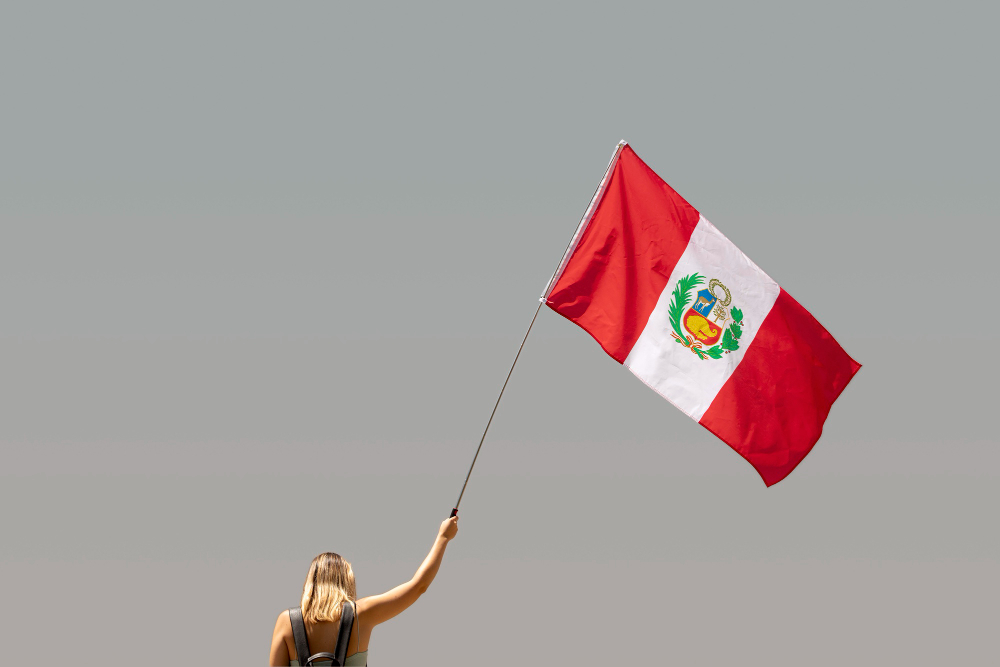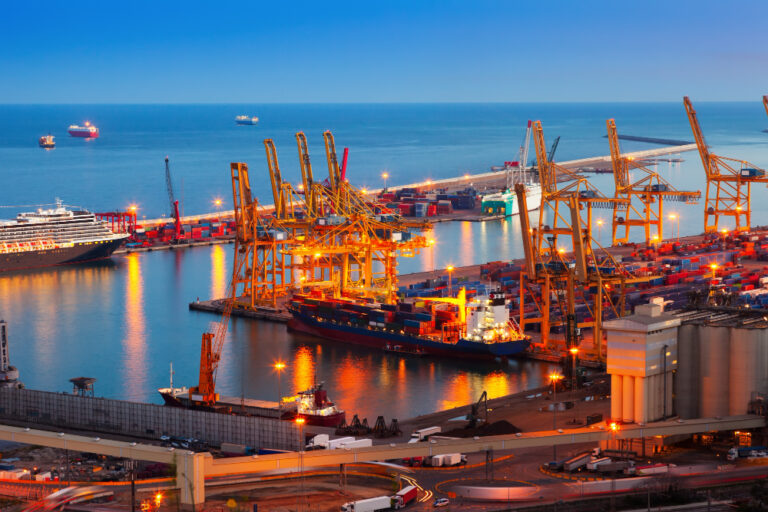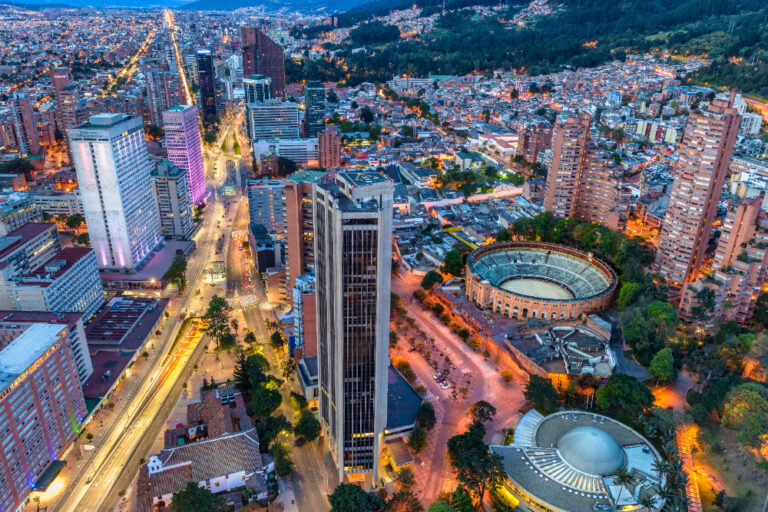
Introduction: A Glimmer of Hope Amid Uncertainty
On March 21, 2025, the Central Bank of Peru (BCRP) raised its GDP growth forecast for 2025 to 3.2%, a modest but meaningful upward tweak from its prior estimate. This announcement, coupled with the government’s even more bullish projection of 4%, paints a rosy picture of Peru as a rising star in Latin America’s economic firmament. With public investment surging, private consumption ticking upward, and copper and gold prices holding firm, there’s plenty to cheer about. The nation, long a powerhouse in mining and increasingly a player in agro-exports and infrastructure, seems poised to reclaim its status as a regional economic leader. Yet, beneath this optimism lies a troubling fragility—a house of cards that could collapse if key pillars falter. As an observer of global markets and regional dynamics, I’m skeptical that Peru can sustain this trajectory without confronting significant headwinds. Let’s unpack the challenges that could derail this economic resurgence, with a particular focus on the precarious role of gold prices and other lurking risks.
The Golden Crutch: Peru’s Reliance on Commodities
Peru’s economy is tethered to its mineral wealth, and gold is a glittering linchpin. As the world’s sixth-largest gold producer, Peru reaped $2.8 billion in gold exports in 2023 alone, a figure that’s only grown with stable global prices hovering around $2,000 per ounce in early 2025. Alongside copper, which accounts for 12% of global supply, gold has been a steady driver of export revenue, underpinning the BCRP’s confidence in 3.2% growth. But what happens if this golden crutch buckles? Imagine a scenario where gold prices, buoyed for years by inflation fears and geopolitical tensions, begin to slide over the next few years—say, dropping to $1,500 or even $1,200 per ounce by 2027. Such a decline isn’t far-fetched; historical cycles show gold retreating when global economic stability returns or when alternative investments like cryptocurrencies regain favor.
The fallout would be swift and brutal. Peru’s mining sector, which contributes roughly 10% to GDP and employs thousands directly and indirectly, would face slashed revenues. Companies like Newmont and Barrick Gold, major players in Peru’s gold fields, might scale back operations, triggering layoffs and stalling community development projects tied to mining profits. Export earnings would shrink, widening the trade deficit and pressuring the sol, which has already shown volatility against the dollar in recent years. The ripple effect would hit public investment—think delayed road upgrades or stalled rail projects—since the government relies heavily on mining taxes to fund its ambitious infrastructure agenda. A drop in gold prices could shave half a percentage point or more off GDP growth, turning that 3.2% forecast into a distant memory.
Copper’s Shadow: A Double-Edged Sword
Gold isn’t the only commodity at risk—copper, Peru’s economic lifeblood, could also falter. While demand from China and the global green energy transition (think electric vehicles and wind turbines) has kept copper prices robust at around $4 per pound, any slowdown in these drivers could spell trouble. China, Peru’s top trading partner, absorbed 60% of its copper exports in 2024, but its economic growth is projected to cool to 4.5% by 2026, per IMF estimates. If China’s construction boom slows or its EV push stalls, copper demand could dip, dragging prices down to $3 or lower. For Peru, this would compound the gold price risk, creating a perfect storm for an export-dependent economy.
The government’s 4% growth projection assumes stable commodity prices, but that’s a gamble. Historically, Peru’s GDP growth has tracked commodity cycles—booming in the early 2000s when prices soared, then sputtering during the 2014-2016 slump. A dual decline in gold and copper could push 2025 growth below 2%, undermining the BCRP’s cautious optimism and exposing the fragility of an economy that’s failed to diversify meaningfully beyond its mineral base.
Political Instability: The Perpetual Wild Card
Even if commodity prices hold, Peru’s political landscape could sabotage its economic gains. The country has cycled through six presidents since 2016, with Dina Boluarte’s administration still grappling with the fallout of 2022-2023 protests that killed dozens and paralyzed key industries. The 2026 elections loom large, and early signs point to a contentious race. Left-wing factions, emboldened by past unrest, could push for higher mining taxes or nationalization—policies that spooked investors during Pedro Castillo’s brief tenure. Conversely, a right-wing surge might prioritize fiscal austerity, slashing the public investment that’s driving the current forecast.
Social unrest, particularly in mining regions like Arequipa and Puno, remains a tinderbox. In 2023, protests over environmental concerns and wealth distribution halted operations at Las Bambas, costing millions in lost copper output. If gold or copper prices drop, local communities—already frustrated by uneven benefits—might escalate demonstrations, further disrupting production. The BCRP’s 2026 forecast of 2.9% growth assumes a tapering of public investment, but political chaos could force even deeper cuts, eroding investor confidence and stalling projects like the $3.6 billion Chancay mega-port, a linchpin of Peru’s trade ambitions with China.
Global Headwinds: Beyond Peru’s Control
Peru doesn’t operate in a vacuum, and global economic currents could swamp its progress. The U.S. Federal Reserve’s monetary tightening, with rates still elevated at 4.5% in early 2025, strengthens the dollar and pressures emerging market currencies like the sol. A stronger dollar makes Peru’s exports more expensive, potentially dampening demand from Europe and Asia. Meanwhile, a global recession—say, triggered by a U.S. slowdown or a European energy crisis—could slash commodity prices across the board, hitting gold and copper simultaneously.
Trade tensions add another layer of risk. The Chancay port, backed by Chinese investment, positions Peru as a Pacific trade hub, but escalating U.S.-China rivalry could disrupt this vision. Tariffs or sanctions targeting Chinese goods might indirectly hit Peruvian exports routed through Chancay, while diplomatic friction could deter further Chinese FDI, which has poured $25 billion into Peru since 2000. The BCRP’s forecast assumes smooth global trade, but that’s a rosy assumption in a world increasingly fractured by geopolitics.
Inflation and Monetary Policy: A Delicate Balance
The BCRP has kept inflation in check at 2%, within its 1-3% target, enabling a rate cut to 4.75% in January 2025. This has bolstered private consumption, a key growth driver. But a commodity price collapse could upend this stability. Falling export revenues might weaken the sol, driving up import costs for essentials like fuel and food—Peru imports 70% of its wheat, for instance. Inflation could spike to 4% or higher, forcing the BCRP to hike rates, choking off the credit expansion (projected at 5-6% in 2025) that’s fueling investment and consumption. Households, already stretched by a 30% poverty rate, would feel the pinch, reversing gains in consumer spending and dragging growth down further.
Diversification: The Road Not Taken
Peru’s leaders tout agro-exports and infrastructure as diversification wins, but these sectors remain overshadowed by mining. Agriculture, while growing—think blueberries and avocados flooding U.S. and European markets—contributes just 5% to GDP, a fraction of mining’s share. The government’s push to penetrate markets like Indonesia and Israel is promising, but scaling up to rival mineral exports by 2050 feels like a pipe dream without massive investment and policy shifts. Infrastructure projects like Chancay and the Lima metro are critical, yet they’re vulnerable to funding cuts if mining revenues dry up. Peru’s failure to build a broader economic base leaves it exposed, a structural weakness that a gold price drop would painfully expose.
The Human Cost: Inequality and Unrest
Economic challenges don’t just show up in spreadsheets—they hit people. A gold price slump would deepen Peru’s stark inequality, with rural mining communities bearing the brunt. In 2023, the poverty rate in rural areas was 41%, triple that of urban Lima. Lost jobs and stalled projects could push more families into subsistence, fueling resentment against a government seen as favoring foreign firms over local needs. The 2023 protests, sparked by similar grievances, cost the economy $1.3 billion in 40 days. Another wave could dwarf that, especially if commodity windfalls vanish, leaving less cash to placate discontent.
A Hypothetical Collapse: Painting the Picture
Let’s game this out. By mid-2026, gold falls to $1,400 per ounce as global inflation cools and investors flee to bonds. Copper drops to $3 per pound amid a Chinese slowdown. Peru’s export earnings plummet 20%, the sol weakens 15% against the dollar, and inflation hits 4.5%. The BCRP raises rates to 6%, stunting credit growth. Mining output shrinks, protests flare in Cajamarca, and the Chancay port’s second phase is delayed as Chinese investors pull back. GDP growth for 2026 lands at 1.5%, not the 2.9% hoped for, and the 2025 boom becomes a blip. It’s a plausible worst-case scenario, and Peru’s current trajectory offers little buffer against it.
Counterarguments: Reasons for Optimism?
To be fair, Peru has strengths. The Chancay port could lock in trade gains, even if gold falters, by slashing shipping times to Asia. Agro-exports might pick up some slack, and the BCRP’s prudent monetary policy has earned credibility, potentially cushioning shocks. Fiscal consolidation—targeting a 1.8% deficit by 2026—could stabilize debt levels, freeing up resources. But these are bandaids on a structural wound. Without a seismic shift away from commodity reliance, optimism feels like wishful thinking.
Conclusion: A Call for Resilience
Peru’s 3.2% growth forecast for 2025 is a triumph worth celebrating, a testament to its resilience after years of turbulence. But it’s a fragile triumph, resting on the shaky legs of gold, copper, and political calm. If gold prices tank over the next few years—as they well might—the cracks in this economic edifice will widen, exposing a nation too dependent on what it digs from the earth. The challenges are daunting: commodity volatility, political instability, global headwinds, and an untested diversification strategy. Peru must act now—bolster non-mining sectors, shore up social safety nets, and brace for leaner times. Otherwise, this boom could fade into a bust, leaving the Andean nation scrambling to rebuild once more. The clock is ticking, and the stakes couldn’t be higher.





